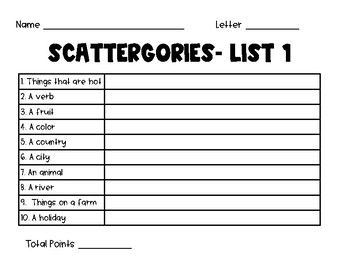
It ends up as a popularity contest, or players trying too hard to please. Avoid letting the describer pick their favourite picture.Or, play some gentle music and let everyone chill out.Make things a little crazy by having students close their eyes while drawing.


Turtles on the beach are nice, but hamsters riding unicorn-dragons on the moon will have everyone laughing. You want them to be in a bit of a rush, but don’t let them get overwhelmed. Students might get a bit stressed by the speed of the description.It’s an activity to practice listening, not draw the perfect picture. When students describe their imaginary scenarios, you may need to prompt them to give information like where to draw something, or how big it should be. The more advanced you get, the more details you can include and the faster you can talk. It’s sunny, with two small clouds in the sky.įor beginner students, you’ll have to use shorter, simpler sentences. Under the palm tree, draw three baby turtles and their mum. In the middle of the beach, there’s a palm tree with three coconuts. For example:įirst of all, draw a beach with the sea next to it. The first time you do it, model the kind of speed and detail you’re expecting. The other students have to listen carefully and draw it as accurately as possible. It also scales to advanced levels with more complexity and speed.Įstimated time: 2 minutes per turn (try to let all students have a turn) Say and DrawĪ super simple activity which people of all ages can enjoy. It features on one of my other lists: 9 EFL/ESL Games and Activities for Intermediate Learners, so go check that out for more ideas. For example, include “How:” after “What” if you’re practicing adverbs.įolding stories is one of my favourite activities. Alter the question words to focus on particular grammar points.A t school is fine, but even better would be under the teacher’s table or on the roof of the gym. Challenge confident students to be more specific.Some will be hilarious, but others will fall flat or not make any sense at all. Take part in the game and add some creative ideas.Now they unfold the sheet and can take turns reading out the silly stories that have emerged.

When all the question words have been done, players pass to the left again. The game continues like this with “When”, “What” (the action they were doing), “Why”, and “With who”. “Paris” is just as reasonable as “in the microwave” or “on the moon”.Īgain, fold the paper and pass to the left. Without unfolding the paper, they should all now write “Where:” and a location of their choosing. Next, they should neatly fold the top of the paper over so it just covers what they’ve written.Įveryone passes their sheet to the player to their left. I wouldn’t do it with students under the age of 7 unless they had a very high level of English.Įveryone starts with a blank sheet of paper.įirst, they should all write “Who:” at the top of the sheet, then the name of a person, celebrity, or fictional character. You can play this game with 2 or more people, but it works best in groups of 3-6. If you want to practice a little writing and let your students be creative, folding stories are a fantastic activity. And on the subject of materials and equipment, find out which 9 Items Every EFL/ESL Teacher Needs for Brilliant Classes.

If you don’t even have pen and paper, check out my list of 9 EFL/ESL Games With No Materials or Preparation Needed.


 0 kommentar(er)
0 kommentar(er)
